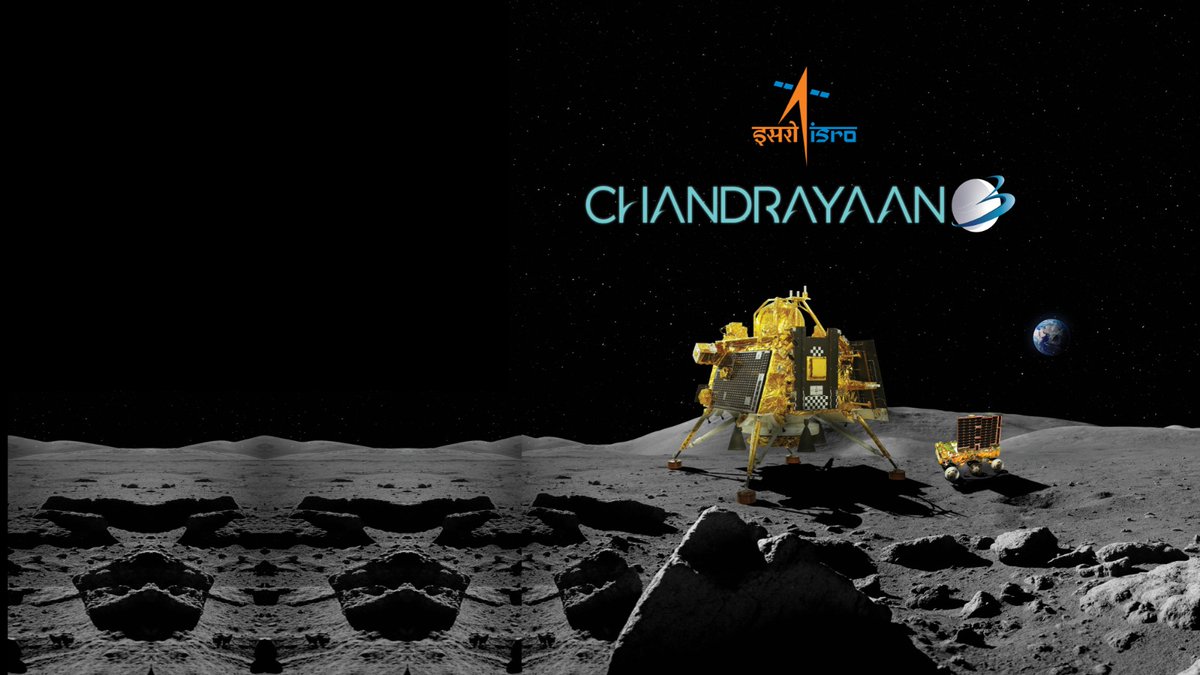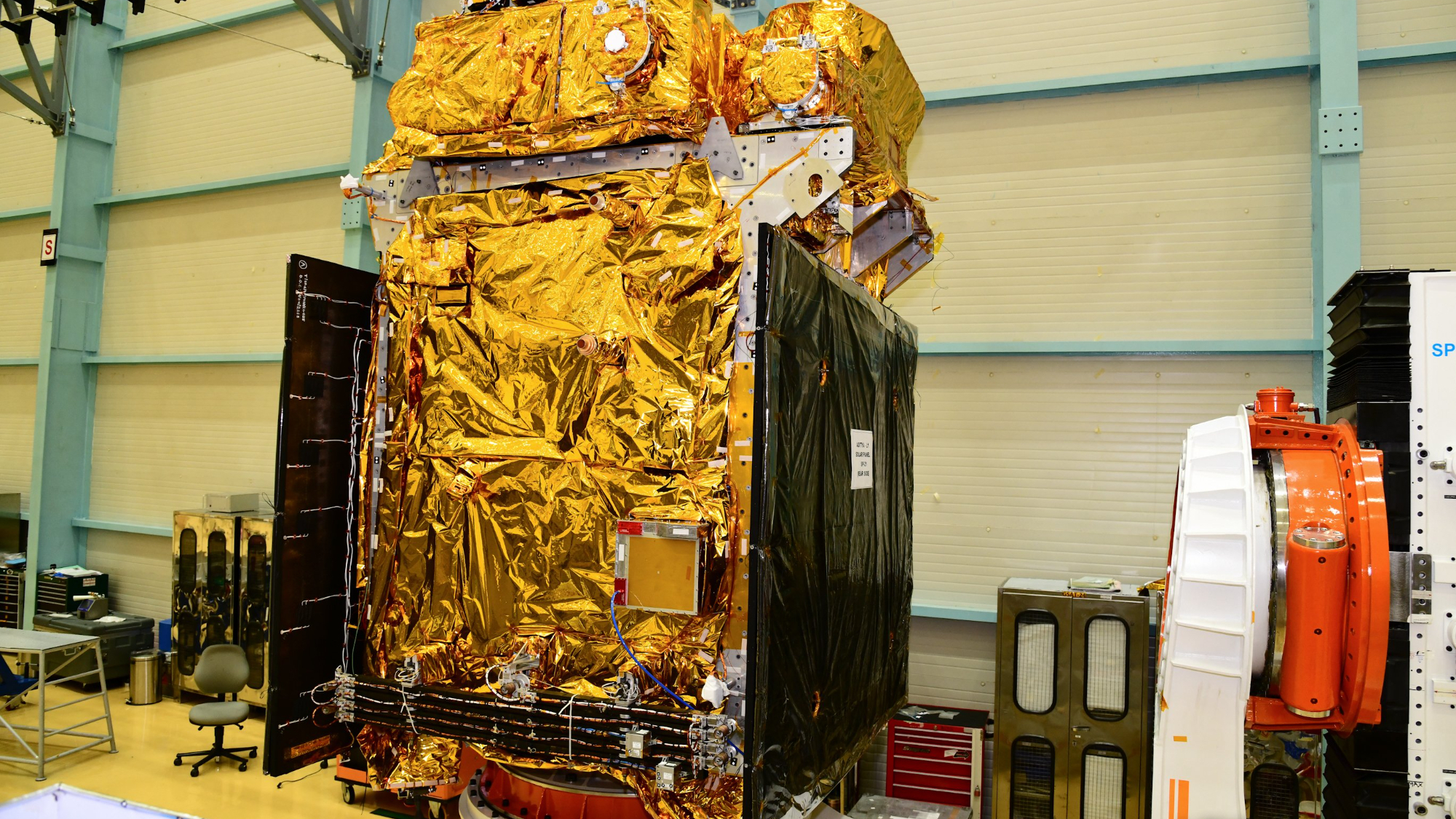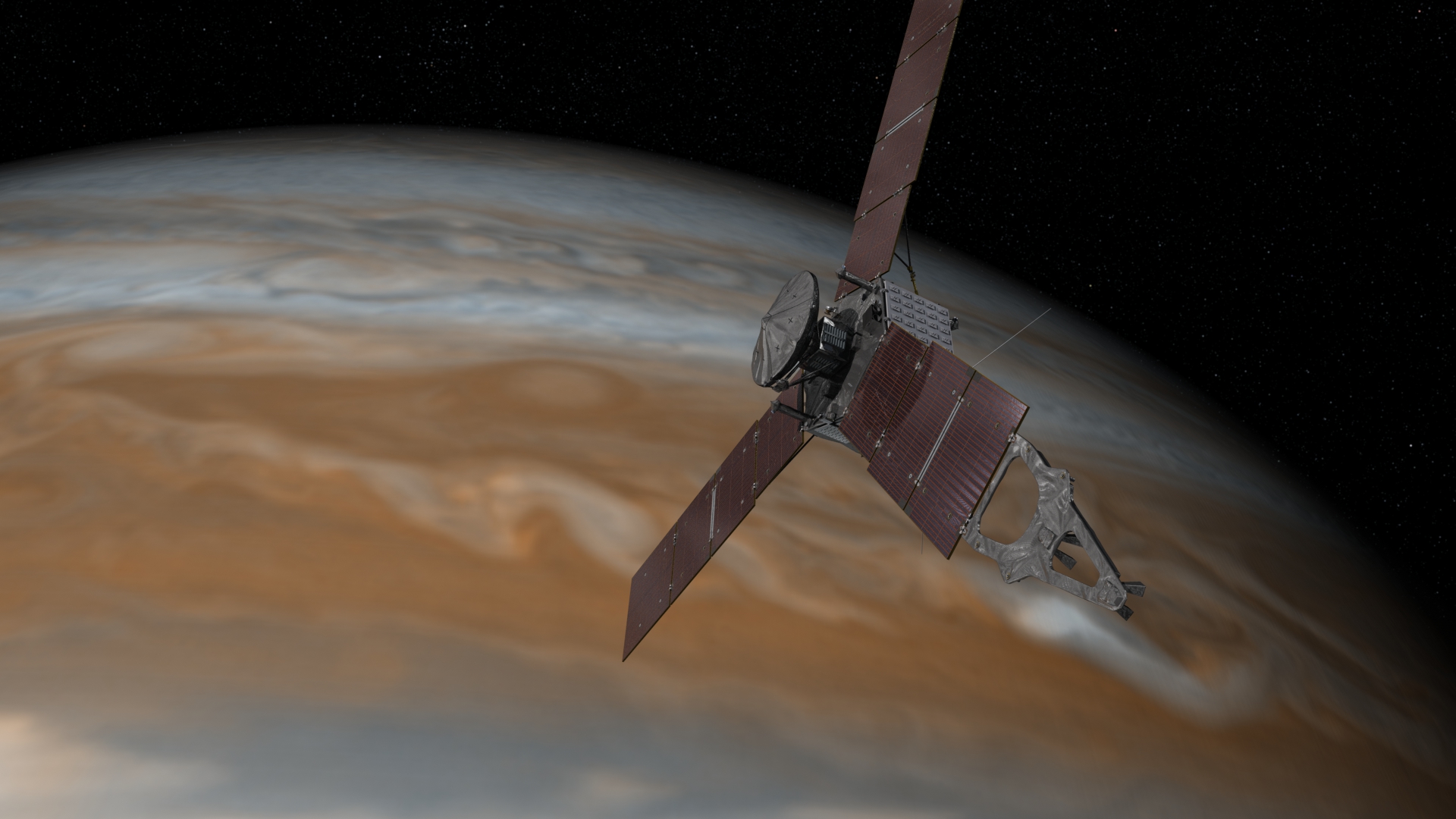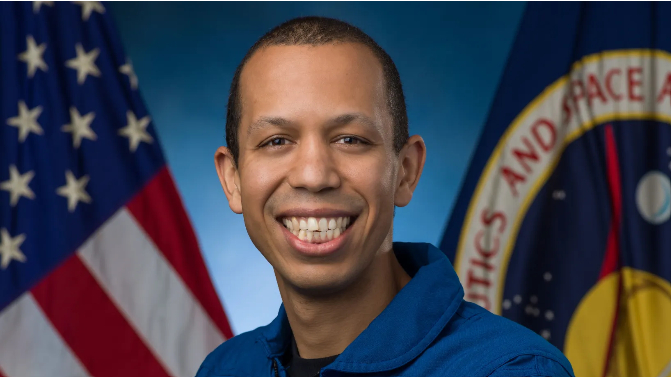Pragyan, Vikram, Vikas: How did India's Chandrayaan-3 moon mission get its names?
The use of Sanskrit, one of the world's oldest languages, declined after the 13th century. India's Chandrayaan-3 is giving it a boost.

As an ecstatic India continues to celebrate the success of its homegrown Chandrayaan-3 mission, the spacecraft's historic landing near the moon's south pole is also widely being praised across the globe. Not only is the seamless touchdown a testament to the nation's pursuit of low-cost space exploration, but also an inspiration for nations in the global south eyeing the moon for future missions.
And beyond all this, the historic endeavor shines a light on one of the world's oldest languages: Sanskrit. Rooted in Hinduism, this is the language in which many components of the Chandrayaan-3 mission are named.
The Chandrayaan-3 spacecraft is Sanskrit for "mooncraft" (Chandra meaning "moon"; yaan meaning "craft" or "vehicle"), an apt title for the moon-bound mission. Pragyan, the six-wheeled rover now trudging along on the moon with the goal of analyzing lunar soil, is Sanskrit for "wisdom."
"Indian literature written in Sanskrit is extremely rich in its original and philosophical form. It is also important in the scientific form," Sreedhara Somanath, the chairman of the Indian Space Research Organization (ISRO), said earlier this year, according to a report in the news outlet Hindustan Times.
The structure and syntax of the ancient language, he added, make it ideal to "convey scientific thoughts and processes."
Related: Why Chandrayaan-3 landed near the moon's south pole — and why everyone else wants to get there too
While Chandrayaan-3's lander, Vikram, is also a Sanskrit name (meaning "valor") it most notably honors the late Vikram Sarabhai, father of the Indian space program. Sarabhai served as the first chairman of ISRO, and in November 1947, established the Physics Research Laboratory (PRL) — the first laboratory in an independent India. The PRL was founded close to three months after the country achieved its long-sought freedom from British rule.
Get the Space.com Newsletter
Breaking space news, the latest updates on rocket launches, skywatching events and more!
Based in Ahmedabad, India, modern day scientists with the PRL actually developed materials for the recent Chandrayaan-3 mission. They created a spectrometer mounted on the Pragyan rover, meant to glean information about the moon's composition, and a thermal probe onboard the lander that will, for the first time, shallowly prick into lunar soil and measure its temperature.
The Space Applications Center, the second of many science institutions that flourished under Sarabhai's watch, also developed eight cameras that are planted on the lander and rover. These devices assisted with descent to the moon's surface and are now helping Pragyan roll around on the moon, according to local media reports.
Also named in Sanskrit is the liquid-fueled rocket engine, Vikas (meaning "progress"), which was used to power the core stage of the three-stage rocket that ferried the Chandrayaan-3 spacecraft into orbit in July. Vikas is also widely considered to be a portmanteau of Sarabhai's full name — Vikram Ambalal Sarabhai.
In fact, Chandrayaan-3 is not the only Indian mission rich with Sanskrit-named components.
ISRO has historically leaned toward naming its spacecraft in the ancient language, including with its first Mars orbiter mission dubbed Mangalyaan, which launched in 2013 and was successful in studying the Martian surface and atmosphere from orbit. It went incommunicado last year when it ran out of battery.
This week, India will be launching its first mission to study the sun: Aditya-L1 (Sanskrit for "sun"). This probe is expected to lift off on Sept. 2 from the Satish Dhawan Space Centre on India's east coast.

Further down the pipeline is the country's human spaceflight program, Gaganyaan (Sanskrit for "celestial vehicle"), which aims to launch at least three astronauts into low-Earth orbit no earlier than 2025.
According to the mission plan, initial uncrewed test flights will launch to space a humanoid robot named Vyommitra (Sanskrit for "space's friend") to stand-in for astronauts. Although Vyommitra was not built with legs, it has robotic arms, a humanlike face and can speak like a human. The bot is expected to conduct various experiments during those test flights.
As India steadily establishes its roots in space exploration, Sanskrit, a language that sharply declined in use after the 13th century, seems to be coming into the limelight once again.
Join our Space Forums to keep talking space on the latest missions, night sky and more! And if you have a news tip, correction or comment, let us know at: community@space.com.

Sharmila Kuthunur is a Seattle-based science journalist focusing on astronomy and space exploration. Her work has also appeared in Scientific American, Astronomy and Live Science, among other publications. She has earned a master's degree in journalism from Northeastern University in Boston. Follow her on BlueSky @skuthunur.bsky.social









